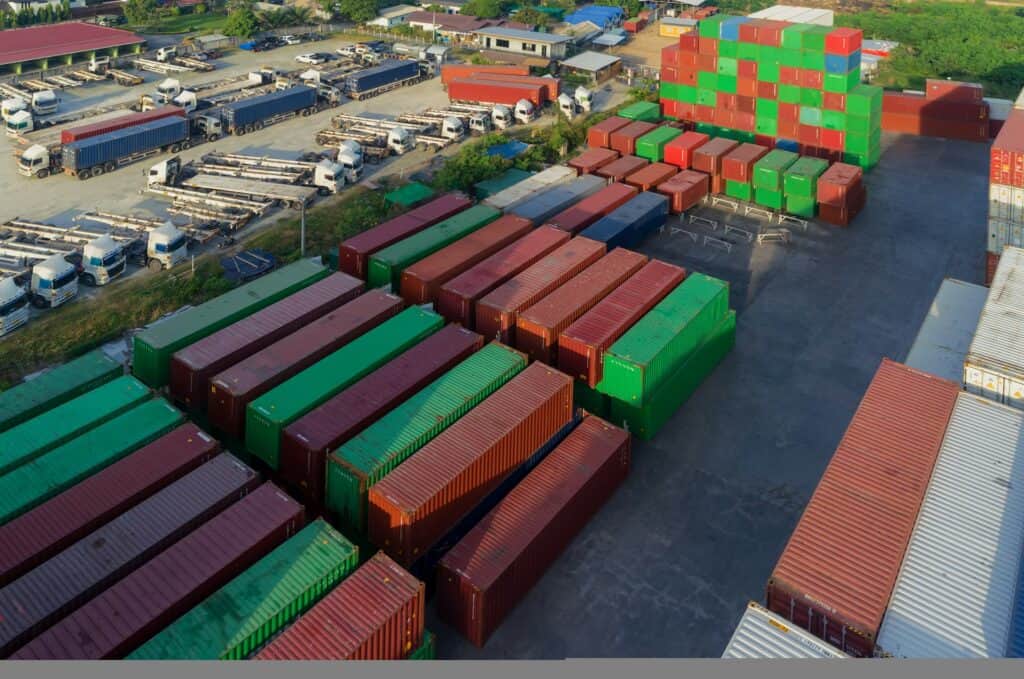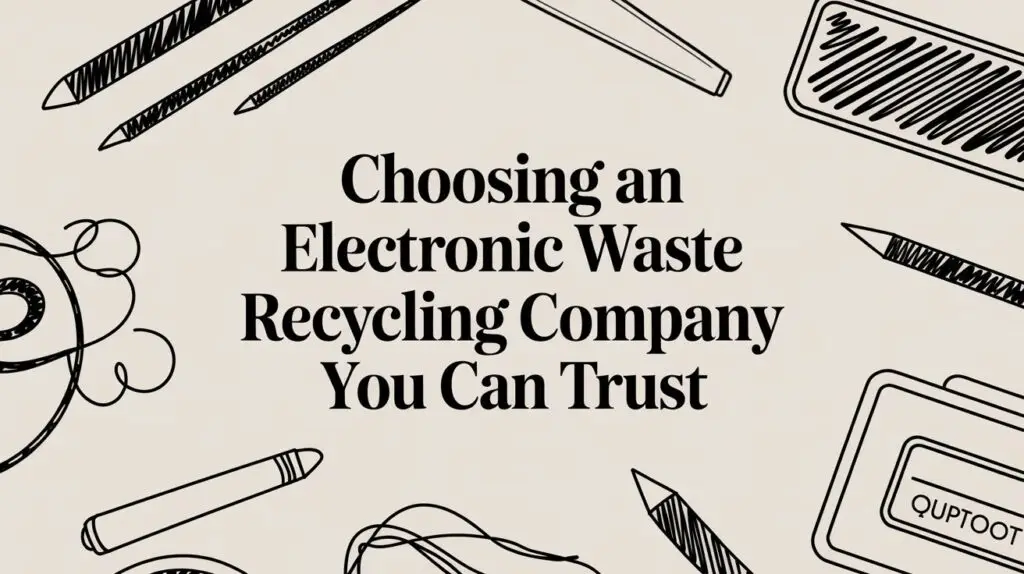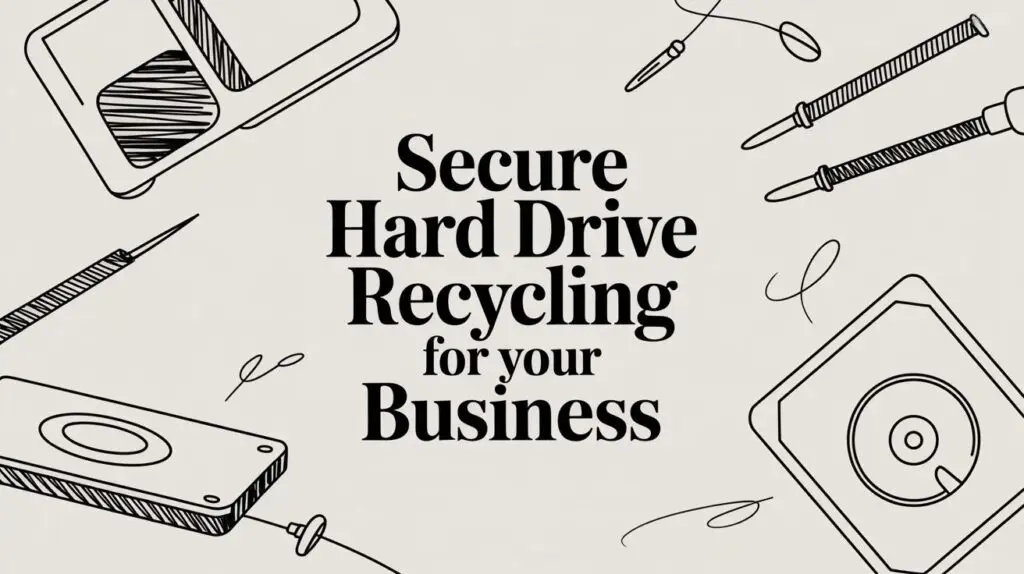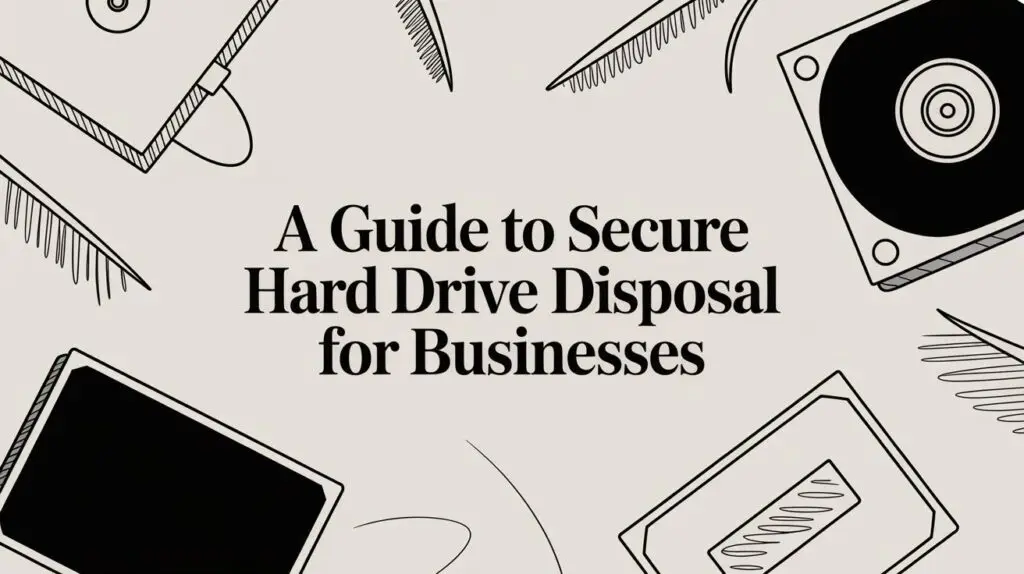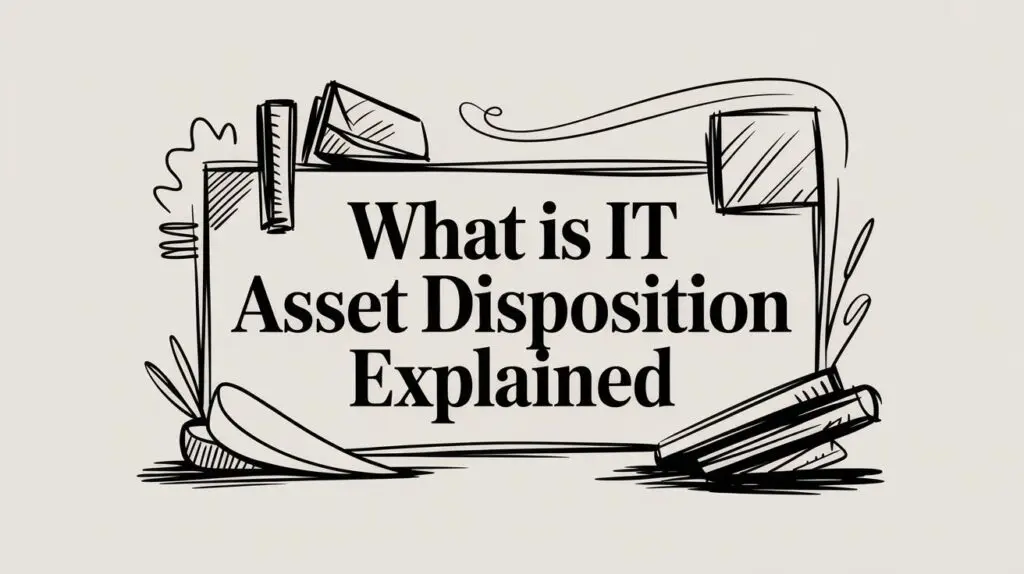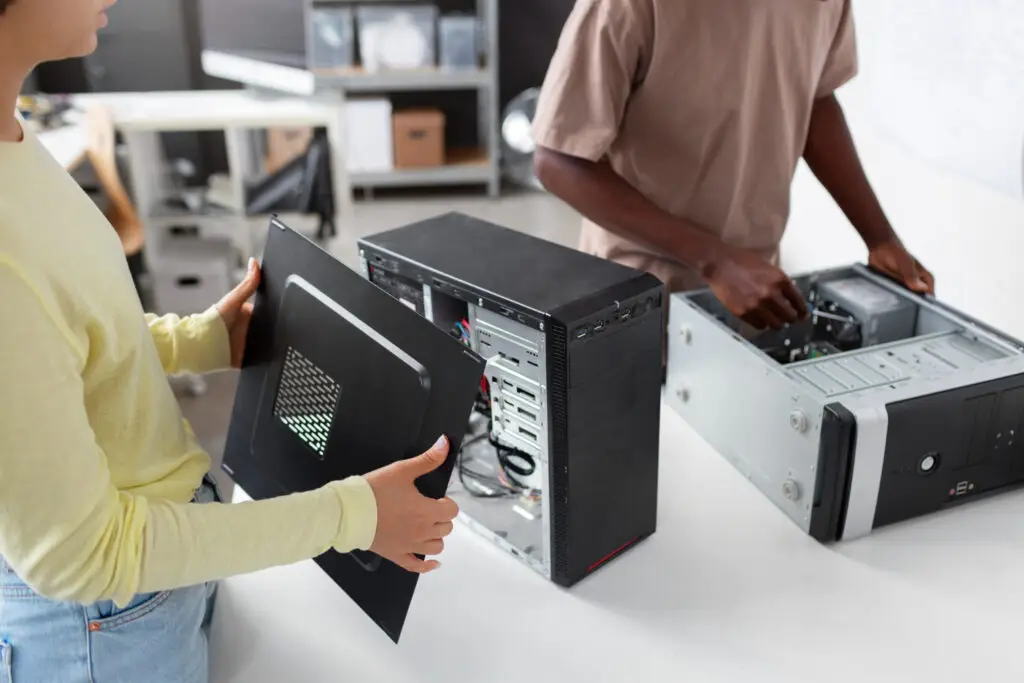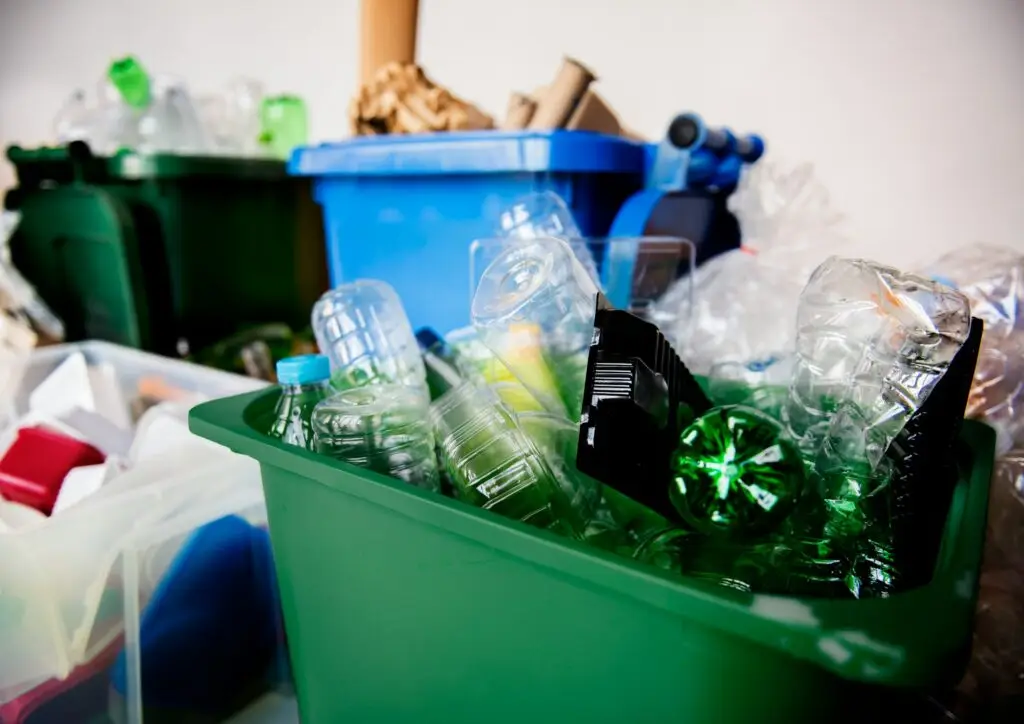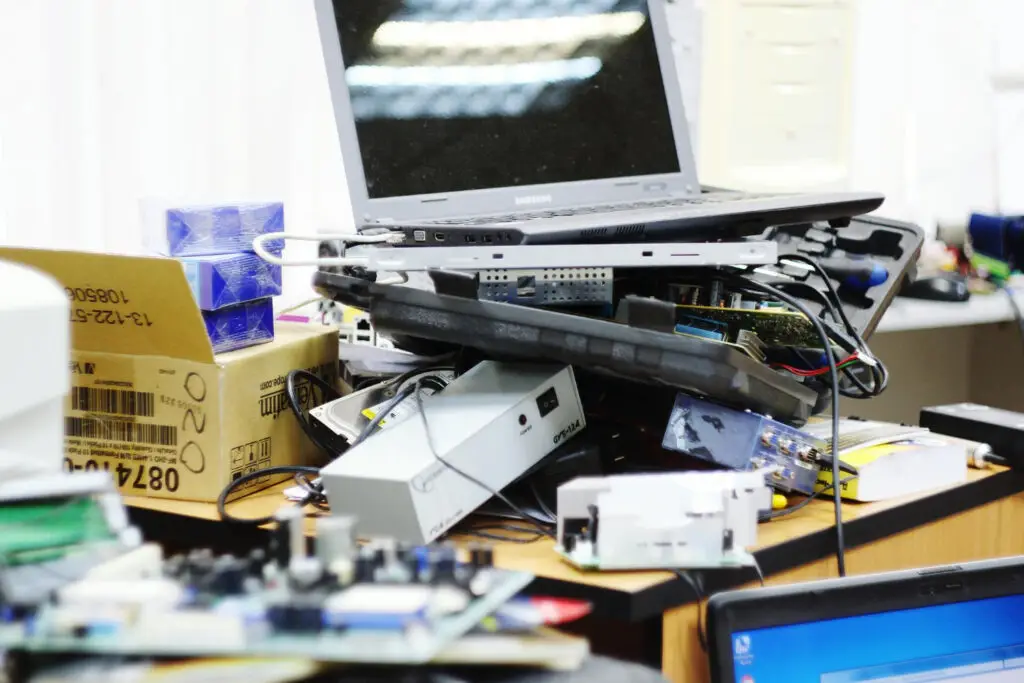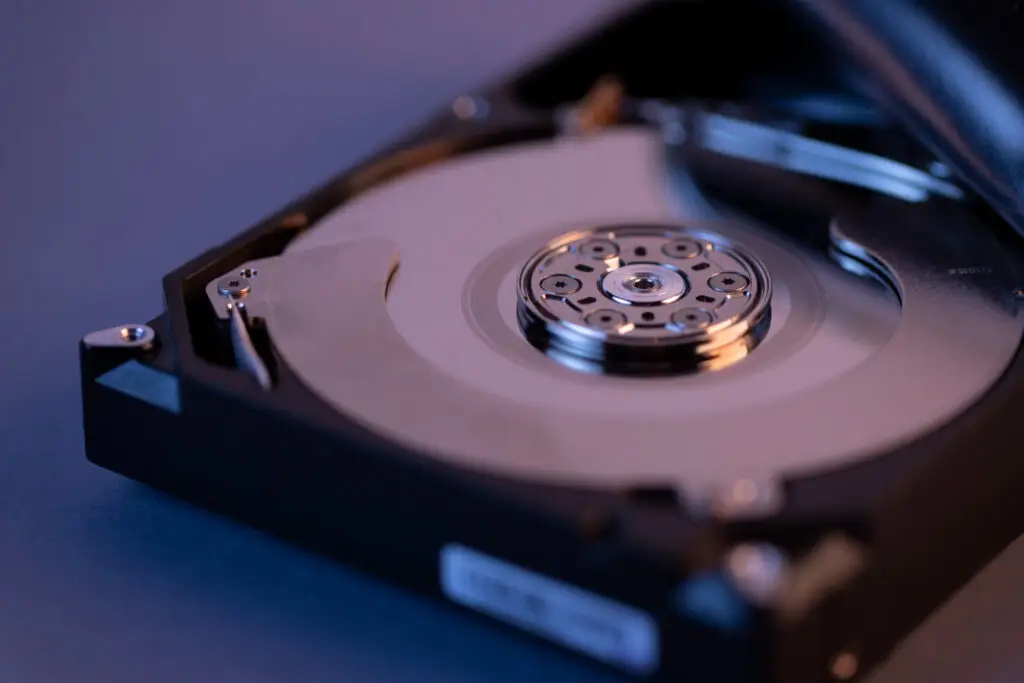Understanding the movement of products and materials from end-users back to manufacturers, reverse logistics plays a key role in electronics recycling. Unlike traditional logistics, which focuses on getting products to consumers, reverse logistics ensures that products make their way back into the supply chain efficiently. This process includes the collection, sorting, and reprocessing of electronic waste to maximize resource recovery and minimize environmental impact. Reverse logistics turns what was once considered waste into valuable resources, promoting a circular economy where materials are continually reused and recycled.
Incorporating reverse logistics into electronics recycling offers substantial benefits for sustainable practices. By actively managing and redirecting electronic waste, companies can reduce their carbon footprint, conserve raw materials, and decrease landfill use. Additionally, the adoption of reverse logistics demonstrates a commitment to sustainability, appealing to environmentally conscious consumers and enhancing the brand’s reputation. This shift not only benefits the environment but also provides businesses with an opportunity to optimize their operations and cut costs through improved waste management and resource recovery.
Streamlined E-Waste Management
Reverse logistics serves as a crucial framework for organizing and managing electronic waste effectively. By implementing structured processes, companies can efficiently handle the flow of e-waste from consumers back to recycling facilities. This organized approach ensures that valuable materials are extracted and repurposed rather than discarded, leading to significant cost savings and environmental preservation.
The steps in reverse logistics involve:
– Collecting electronic waste from consumers or businesses
– Sorting and separating materials for recycling or disposal
– Reprocessing materials for reuse or environmentally friendly disposal
Through these steps, businesses can vastly improve their handling of electronic waste. One practical example is a company that establishes drop-off points for consumers to return unused or broken electronic devices. These devices are then collected and transported to a central facility, where they are sorted into components like metals, plastics, and batteries for recycling. Such a method not only boosts efficiency but also fosters a more sustainable approach to waste management, ensuring fewer electronic products end up in landfills. This organized strategy supports companies in achieving their sustainability goals while demonstrating a strong commitment to environmental responsibility.
Cost Savings and Value Recovery
Reverse logistics can transform seemingly insignificant savings into a substantial financial windfall for businesses. By prioritizing the return and recycling of electronics, companies tap into a wealth of savings opportunities. The process cuts down on costs tied to waste management and landfill fees, ultimately leading to a leaner, more cost-effective operation.
Recovering value from unused electronics is another significant benefit. Once devices return to the facility, they undergo sorting, where components like metals and functional parts are identified for reuse or resale. Imagine a company that receives a shipment of outdated smartphones. Instead of simply disposing of them, the company identifies valuable materials such as copper and uses functional components to refurbish other devices. This approach not only recoups costs but also contributes to the bottom line by repurposing parts and selling them on secondary markets.
Environmental Impact
Reverse logistics offers profound positive effects on the environment. By redirecting electronic waste from landfills and towards recycling centers, the cycle of use and reuse can extend the life of raw materials. This process helps reduce the significant environmental toll often associated with mining new materials and producing new electronic devices.
Preventing electronic waste from ending up in landfills also plays a big part in shrinking a company’s carbon footprint. Instead of contributing to pollution and greenhouse gas emissions, businesses can take pride in knowing they are aiding in greenhouse gas reduction. Every device that’s recycled rather than tossed saves energy, decreases pollution, and conserves raw materials.
Enhancing Corporate Responsibility
Reverse logistics is a strategic move for businesses aiming to boost their social responsibility. By engaging in effective e-waste practices, companies enforce a message that they care about more than profits. This approach resonates with a customer base that increasingly values sustainability and environmental mindfulness.
The way businesses handle their electronic waste speaks volumes about their corporate values. Companies may, for instance, run campaigns explaining their green initiatives, which include the exceptional management of reverse logistics systems. This not only helps cement a green brand image but also attracts customers who share these values.
Final Thoughts on Reverse Logistics
Implementing reverse logistics in electronic recycling provides a range of benefits that are hard to overlook. From saving costs and recovering value to improving environmental outcomes and fulfilling corporate responsibilities, reverse logistics proves to be a powerful tool. For businesses looking to advance sustainable practices, adopting reverse logistics methods is a step in the right direction.
Joining forces with expert recycling services allows companies to streamline their waste management efforts and make a tangible difference. This partnership stands as a testament to a business’s commitment to sustainability, showcasing a clear path to environmental and financial success.
Ready to take your sustainability efforts to the next level? Partner with ReWorx Recycling to make a real difference through Atlanta electronics recycling. By integrating reverse logistics into your operations, you’re not just enhancing your green strategy but also steering toward long-term savings and better resource use. Discover how you can start building a more eco-friendly waste management plan today.

